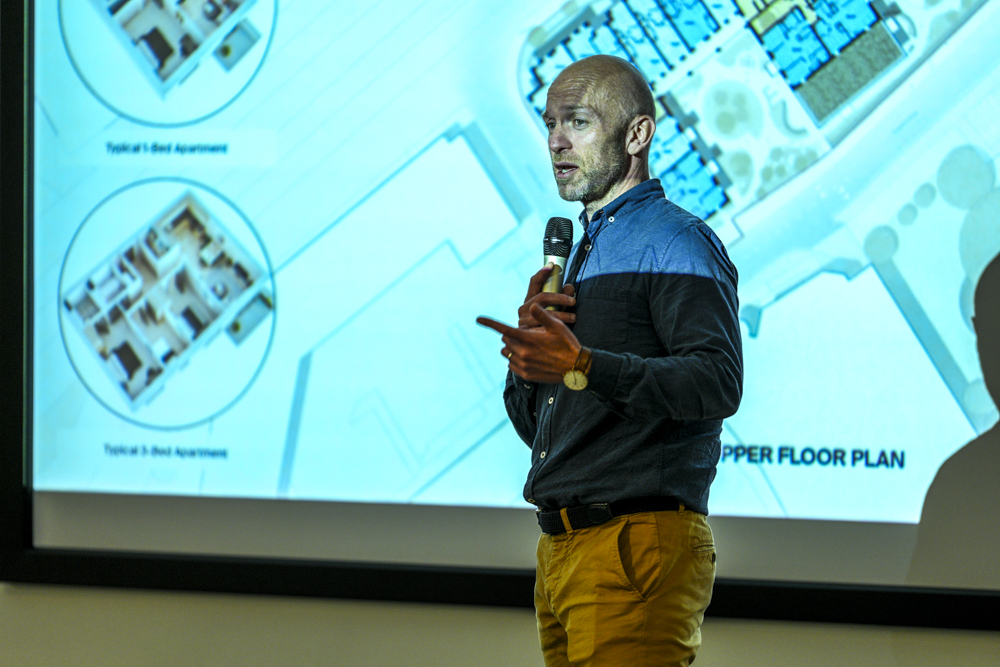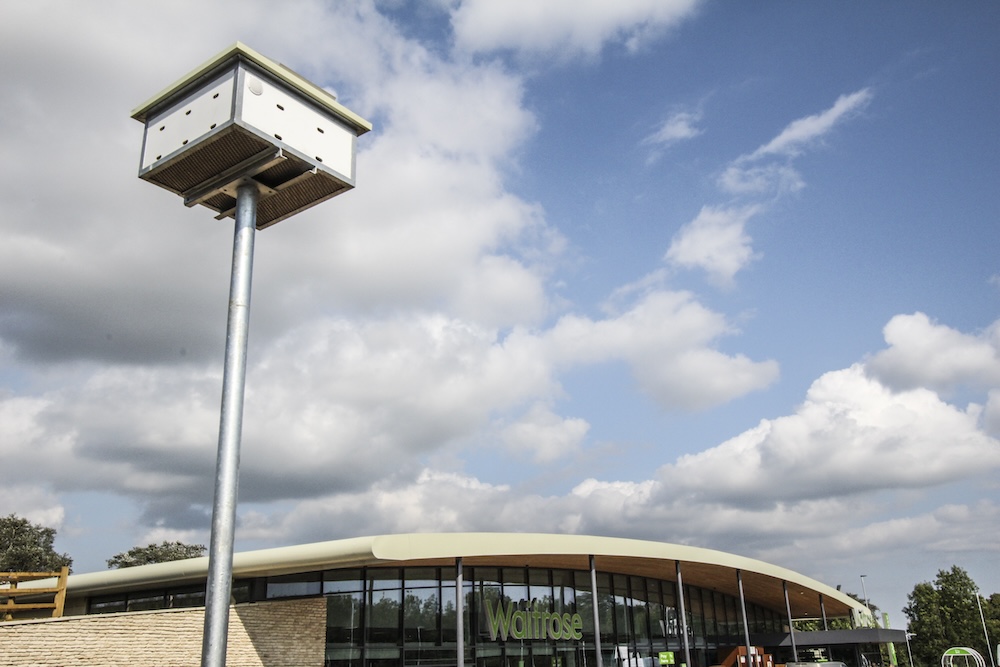
Four Ways to Improve ESG Storytelling



Four Ways to Improve ESG Storytelling
At the end of 2024, the Chartered Institute of Marketing (CIM) conducted a revealing survey: two-thirds (64%) of respondents felt their own company doesn’t communicate its environmental, social, and governance (ESG) messages effectively. Yet a similar proportion (66%) are increasingly conscious of the reputational risk of being accused of greenwashing, greenhushing, or both.
This isn’t just a communication problem, it’s a trust problem. And it’s a growing problem.
In this article we highlight four ways to improve ESG storytelling that are based on science and experience.
Your Customers Want to Know the Story
According to Kantar’s Sustainability Sector Index, 57% of people say it’s difficult to tell which products are good or bad ethically or environmentally. It’s a source of frustration but also a great opportunity.
Kantar states:
“Consumers want to better understand their choices, and your brand needs to tell its story in a way that helps them do that. If you don’t, the default perception of your brand will likely be poor.”
The demand for clarity is growing, especially among younger generations. NielsenIQ reports that 78% of US consumers say living in a sustainable way is important to them. While some consumer goods companies claim there’s not enough demand for ESG-led products, the data says otherwise: a joint study by NielsenIQ and McKinsey found that products making ESG-related claims saw 28% cumulative growth over five years, compared to 20% for those that didn’t.
So why is there a disconnect?
It seems to us that too many companies are doing good work but failing to communicate it in a engaging and accessible way.
Sometimes the job of communicating sustainability effort lies with the SME in sustainability who may or may not be familiar with storytelling frameworks. Also, we know anecdotally that sustainability teams are viewed as people who create value, when in fact they can – 8% extra based on the numbers above – but they often have very limited budgets to work with. In fact, I spoke with a former Director of Sustainability a few weeks ago who said that he regretted not doing more to communicate when he working with a large brand but communication was not his remit so whilst he knew what was going on, the focus of the comms team was often elsewhere.
The Risks of Saying Too Little
Without a clear, consistent, and authentic ESG narrative, businesses risk invisibility. That’s the essence of greenhushing, when companies appear to be silent or consciously remain silent for fear of scrutiny, criticism, or simply not knowing how to talk about their efforts. However, silence can be mistaken for inaction, indifference, and apathy, all of which says something about your business. If you are doing great things then not communicating is preventing you from inspiring people, creating points of difference, and attracting talent, customers, and investors.
Too many companies bury their sustainability, CSR and ESG efforts within dense annual reports that often look more like balance sheets than stories. This ‘pull communication’ model assumes stakeholders will go searching for your impact, when in reality they won’t particularly the fastest growing generation, Gen Z.
Generation Z consume fast-moving, visual, and story-driven content across multiple platforms. As consumer, Gen Z are 62% more likely to choose sustainable brands and 73% are willing to pay more for sustainable options (First Insight). Gen Z are also values-led when it comes to work: Deloitte reports that Gen Z employees expect companies to act on global challenges and will turn down jobs or leave if their values don’t align.
With Gen Z about to surpass Millennials as the most populous generation globally, your ESG communication strategy isn’t just about brand reputation. It’s about future-proofing your business because this generation aren’t just your potential customers, they are also the future leadership.
The Tipping Point
We have numerous surveys and reports that tell us employees don’t feel their business is doing enough to communicate its ESG and sustainability efforts, despite recognising the potential damage this might do to business reputation.
We also know that the fastest growing generation is attracted to businesses that are seen be sustainable and living the values that are embedded into the ESG commitments.
Data also shows that when consumers know that a product or service is sustainable they will buy it – by almost 50% more than a product or service that doesn’t claim to be sustainable.
We are reaching a tipping point where demand for stories is increasing and yet employees feel that those stories aren’t being told effectively.
Four Ways to Improve ESG Storytelling
Here are four simple, actionable ways to improve your ESG storytelling:
1. Be Authentic
Achieving sustainability is a journey, nobody expects you to be there yet so don’t exaggerate your achievements and don’t set unrealistic targets. Greenwashing is easily spotted and instantly damaging. Instead, be honest about where you are, what you’re doing, and what’s still a work in progress. Being transparent actually builds trust. Also focus on people and social impact you want to have.
2. Use More Original Photography
Stock photos can’t carry your message. Your ESG story is unique so show it with original photography that reflects your business, your people, and your progress. Visual storytelling is hugely powerful, particularly in the age of short attention spans. Allow your audiences to see the difference you’re making.
It is a fact that we read an image in milliseconds and can read a visual photo-story in seconds, far faster than reading text or watching a video. With a generation of scrollers you need great and clear photography to get your message across. This is where we can really help.
3. Start with Why and End with Impact
Begin with the values and motivations behind your ESG efforts. As Simon Sinek says, start with why. Why do you care about this issue? Why have chosen this course of action?
Then in true storytelling fashion, you build the story. The why is the context, what you are doing is the action you are taking, and you finish the story be explaining the impact you are having, the result.
Too many ‘stories’ just focus on the middle section of the story – the action – but that doesn’t tell the audience anything about your motivation or whether the action has made any difference.
Storytelling is a three act framework – context, action, result.
Only when you employ a storytelling framework are you able to connect emotionally with the audience.
4. Do More: You Can’t Over-Communicate
The Change Leadership guru, John Kotter, has made it abundantly clear that when it comes to change (and explaining ESG is a kind of change from the norm) then it is impossible to over communicate.
We’re all connected through LinkedIn, Instagram, Tik Tok, X, Facebook etc etc. It’s possible to have thousands of connections across these channels so what is the likelihood of seeing one post a month about a sustainability initiative? It will almost certainly get lost among the noise. Even emails, if someone receives 50 emails a day, that’s 1,000 a month that are crying for attention between meetings and other deadlines. It’s impossible to imagine that anyone will take the time to read one email a month or even more unlikely, find the time to visit the corporate intranet to see if there are any updates buried in the ESG section.
ESG communication needs to be given the same respect, budgets and frequency as you would any marketing campaign designed to create value. Use multiple channels including social media, video, photography, articles, podcasts, and more. You don’t need to wait until you reach a milestone: even small, in-progress updates help to build energy, enthusiasm, credibility and trust.
ESG storytelling should be connection. Connection to your stakeholders, your future employees, and your customers. And in a world of increasing scrutiny and rising expectations, telling your story well could be one of your most valuable assets.
About Clarity
Clarity is a small communications agency. We focus on visual storytelling primarily through photography but also video and podcast creation.
We employ a reportage/documentary style to projects because that is authentic and genuine.
We work with retailers, banks, the construction sector, manufacturing businesses, heavy industry, agriculture and the NGO/charity sector to engage audiences about ESG, CSR, and sustainability progress. The stories we create with our clients are used for employee communication, investor relations, campaigns, and external stakeholder engagement.
To find out more, come and say hello here.



